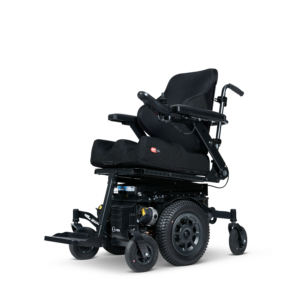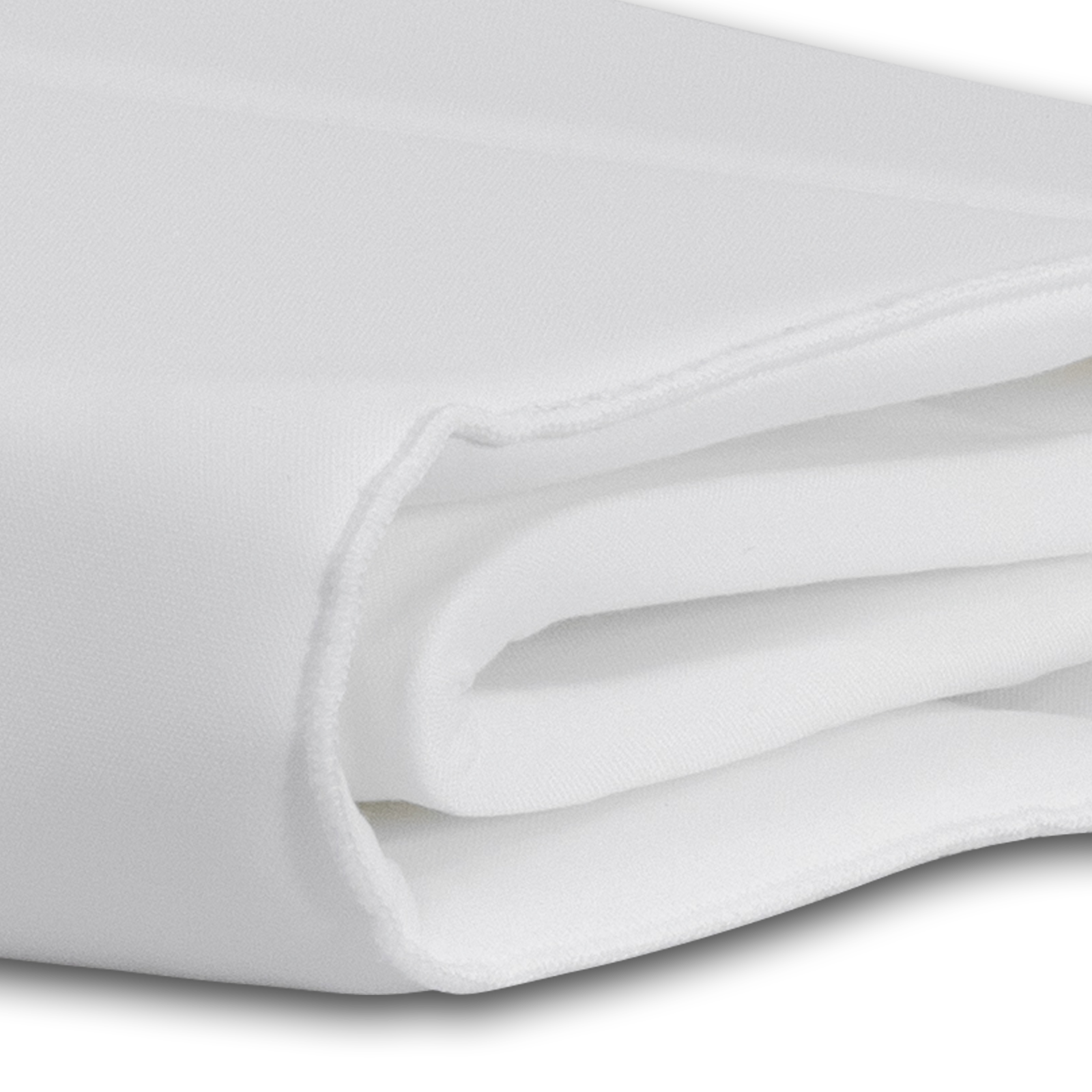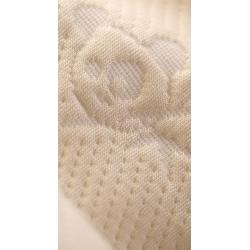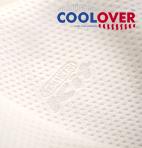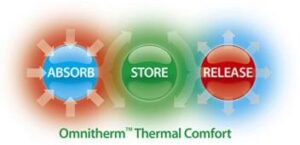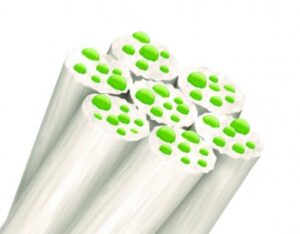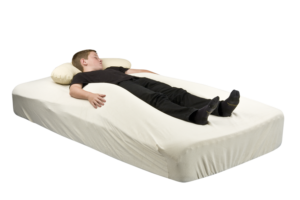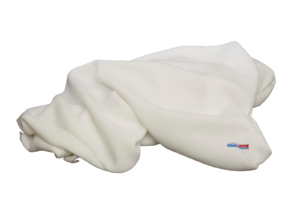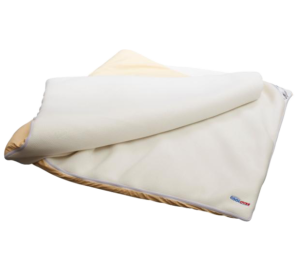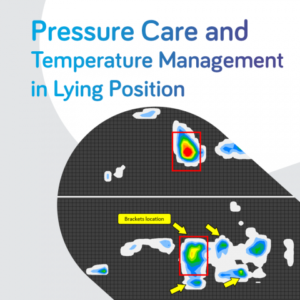 Assisting the microclimate interface; Thermal insulation & breathability
Assisting the microclimate interface; Thermal insulation & breathabilityDownload PDF: A better understanding of the effects on Pressure Care and Temperature Management when using Symmetrisleep
The human body constantly produces energy (heat and moisture). This surplus energy is dissipated at a steady rate. For example, a normal adult will produce between 0.6 – 1 litre of moisture over 24 hours daily. This normally evaporates from the skin almost immediately and is never noticed.
A normal body core temperature is circa. 36.7°c with a skin temperature between 32-34°c. The body performs best when the ambient atmosphere temperature is approx. 21°c and when this balance changes the body takes action to preserve its normal operating temperature by a combination of radiation, convection and evaporation.
The normal skin temperature is circa. 32-34°c. As skin temperature rises, its structure changes and its performance will alter. As skin warms or becomes very moist it starts to lose strength becoming more susceptible to damage. Risks such as tearing or damage from pressure become more real. It is noted that the mechanical strength of skin reduces as it warms. For example, mechanical strength at 35°c is just 25% of the strength at a lower temperature of 30°c.
The clinical objective, where possible, is to maintain the clients ‘normal’ body and skin temperatures and prevent rising skin temperatures. Some clients may benefit from assistance evaporating moisture and heat away from the skins surface at the skins ‘microclimate level’.
The clinical practice guidelines on ‘Prevention and Treatment of Pressure Ulcers: Quick Reference Guide’ (2nd edition 2014) jointly issued by the NPUAP, EPUAP and PPPIA addresses new and emerging therapies including microclimate manipulation. The guide recommends consideration of microclimate manipulation to help prevent increased skin temperatures.
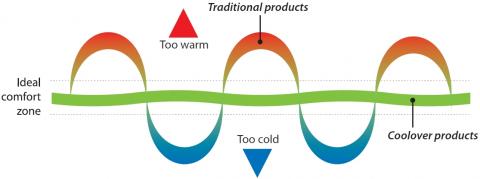
Consider the need for additional features such as ability to control moisture and temperature when selecting a support surface.
The use of specialised surfaces that come into contact with skin may be able to alter the microclimate by changing the rate of evaporation or moisture and the rate at which heat dissipates from the skin.³
Consider the need for moisture and temperature control when selecting a support surface cover.
Any surface that is in contact with the skin will have the potential to affect the microclimate. The overall effect is dependent on the nature of the support surface and its type of cover. ³
The guide also notes that increased heat increases the body’s metabolic rate, inducing sweating and decreases the tolerance of skin for pressure.
². Copy taken from clinical practice guidelines on ‘Prevention and Treatment of Pressure Ulcers: Quick Reference Guide’ (2nd edition 2014) NPUAP, EPUAP, PPPIA
³. Wounds International. International Review. Pressure ulcer prevention: pressure, shear, friction and microclimate in context. London Wounds International 2010.

The skins microclimate exists at the local interface between the support surface and an individual’s skin, which differs to the climate in the surrounding region. It is a dynamic relationship, influenced by temperature, humidity and air flow.
When the body’s core is too warm (Hyperthermic) the body will try to shed energy quickly by producing moisture (sweating). Conversely, when the body’s core temperature is too cold (Hypothermic) the body will try to stimulate heat by shivering. Both these processes take place in the microclimate – the space where air touches the skins surface.
Using ‘active’ and ‘technological’ fabrics, it is possible to influence (1) the skins general condition and (2) the bodys thermo-regulation process. This positive influence can assist users to manage their thermo-regulation function, helping the skin retain its structure and performance whilst keeping the client feeling cool and comfortable.
When working close to skin, the ideal fabrics and materials keep the clients temperature neutral and feeling comfortable. In general, materials with low insulation values are best, materials with high insulation values are not recommended.

